Attaining Peace, Harmony and Happiness, the Indian way
Everyone wants to be prosperous, at peace and happy, and but few manage to attain these desirable goals. Why? How can one achieve peace and harmony while leading normal life? Vedas and Upanishads, India’s most ancient scriptures offer a variety of advice on how to be happy and contented. To remain happy can be learnt it is no rocket science if only one could develop an understanding of one own self and the world around us.
B.K. Gupta’s book is an introduction to the major schools of thought of ancient Indian philosophy. Written in a delightfully simple and easy to read style, the book explains in an uncomplicated straightforward language the basic tenets of Indian philosophy and lays bare the secrets of happiness as encapsulated in various texts. The author provides the essential summary of the four Vedas, the major Upanishads and the Bhagvad Gita. He explains that the Indian approach to happiness is spiritual. Peace and happiness have to be found within oneself and not in the material world outside. This distinguishes the Indian spiritual approach from the west’s material approach to happiness.
The author was India’s ambassador to Italy until February 2016. A distinguished diplomat, he wrote the first edition when he was India’s Consul General in Hong Kong in 2006. The second edition of the book has been published by Laksmi di Asya Om, an Italy based organisation. The book has two clear segments. In Section I, the author covers in ten chapters a brief history of the Vedic civilisation, the basic tenets of the four Vedas, six schools of Indian philosophy Nyaya, Samkhya, Vaisheshika, Yoga, Uurva-mimasa, and Vedanta. The author highlights that Indian philosophical thought was not dogmatic, it encouraged diverse viewpoints to coexist. These schools dealt with a variety of subjects ranging from metaphysics, the nature and behaviour of human being etc.
Samkhya deals with the concept of Purusha, the soul which is immortal, and Prakriti, the nature. The two together make the world in its infinite variations. The Nyaya school of thought teaches us the methodology of gaining knowledge knowing and comes close to the western discourse on ontology. Vaisheshika is the philosophy of atomism, an idea close to the concept of atom in modern physics, and talks of a unifying force represented by the God.
The philosophy of Yoga is perhaps the most well-known and is explained in detail by Lord Krishna to his friend and pupil the warrior Arjun in the Bhagvad Gita. Yoga represents the union of atman, the self, with Brahman, the supreme entity. Purva-Mimasa school of thought underlines the importance of the Vedas and codifies many rituals. The Vedanta school of thought focusses on the essential teachings of the Vedas and the Upanishads disregarding the rituals which had gained centre stage. The book under review deals at length with the basic precepts of Vedanta teaching like that of dharma or duty, truth, karma or action.
Section II of the book, occupying about two thirds of the total space deals with the key message of the Bhagvad Gita. The author summarises each of the eighteen chapters of Bhagvad Gita.
How does one attain happiness in this life? What is the crux of Indian philosophy?
The ancient Indian philosophy places a lot of importance on the concept of Atman and Brahman. Atman is soul and Brahman is the supreme force. The atman resides in the body but is distinct from it. Body is perishable, atman is not. One must learn to differentiate between body and the atman. The atman is a part of the Supreme. With effort an individual can make the atman merge with the supreme. This focus on the merger of the two makes the individual de-emphasise the importance of the material world and instead emphasise the divine union of the atman with the supreme.
Second, attachment to the body is source of dukha or unhappiness. Every individual is potentially divine but is deluded by the needs of the body. One must learn to control the five senses to eliminate the dukha from one’s life. A spiritual rather than a materialistic approach to life mitigates unhappiness.
The third message is that doing karma is essential human nature. No one can exist without doing karma even for a second. No one can escape from the karma. Karma is life. But equally important is that an individual must renounce the attachment to the fruits of karma. Attachment is the source of dukha, detachment from the fruits of karma brings happiness.
Fourth, the practice of yoga and meditation (silencing of thoughts, concentration) helps develop detachment and bring about the union of atman with Brahma or the liberation of the soul from the cycle of birth and rebirth. The Bhagvad Gita prescribes three paths to liberation – the path of Karma Yoga, that of Bhakti Yoga and of the Jnana Yoga. Eventually the three paths lead to the same destination – the union of atman with the supreme and salvation. The Karma Yoga teaches us how to do our job with detachment. The Bhakti Yoga is the attachment to the lord, overcoming of ego, and surrendering to Him. Tyaga or renunciation and surrender bring happiness to one’s tortured soul. The third path is that of Jnana. This is for those who have the intellectual capabilities to make sense of the world around us and to inquire into the self.
Fifth, human nature is suffused with the three gunas or attirbutes - Satvik (divine, pure), Rajas driven by passion and Tamasic governed by ignorance and lethargy. The three gunas are present in our thought and action. The task before us is to enhance the Satvik guna in our action and reduce the Tamisic qualities. The Satvik actions are pure, selfless. The rajas actions are for the service of others. The Tamasic actions are selfish actions done for selfish propose.
Sixth, the Gita exhorts an individual not to be swayed by either the unhappiness or happiness, and retain the equilibrium in thought and action. Such a person is called Sthitaprajana, or a person who is steadfast, evenly poised, not swayed by happiness or sorrow, and is able to take a calm view of developments. The Bhagvad Gita describes a Sthitaprajana as a person who has given up desire, is free from longing and egotism. Such a person attains peace. Such a state of mind can be achieved through practice of yoga and meditation.
The Bhagvad Gita is not simply a philosophic discourse. It is a manual for managing our daily lives, resolving moral dilemmas and making choices. From Oppenheimer to Gandhi, from Einstein and Nelson Mandela to Vinoba Bhave, leaders have turned to the Bhagvad Gita for guidance at the crucial moments of decision making.
There is a lot of mystery and wonder attached to ancient Indian philosophical thought. The author demystifies the key concepts. These concepts continue to have contemporary relevance. It is no wonder that practice of Yoga and meditation are becoming popular as these help discipline the mind and reduce stress from daily lives.
It is interesting that this book has been written by a former senior Indian diplomat. He has the global perspective of what is going on in the world. In a world where clash of civilisation is the common refrain and dooms day scenarios are lived in thought conjured in war games, it would be interesting to discuss whether Indian philosophical thought can provide solutions.

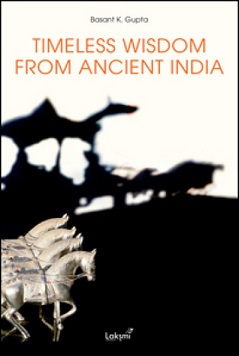
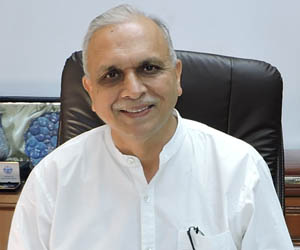

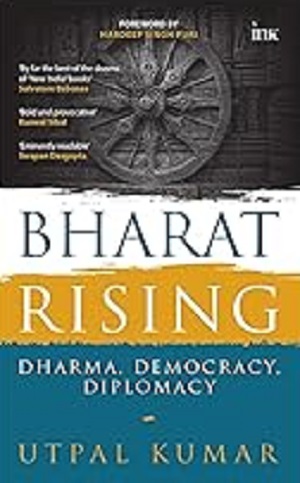
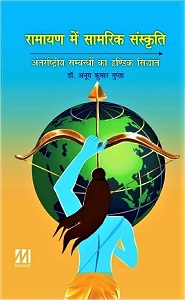

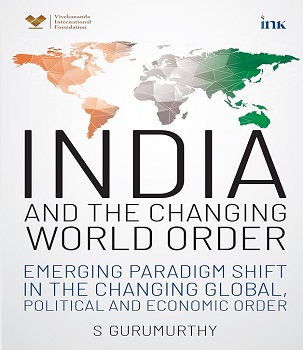
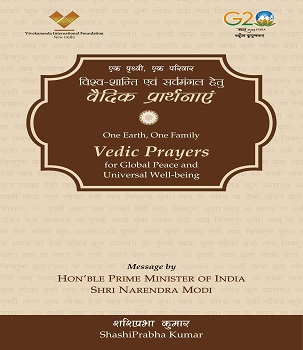
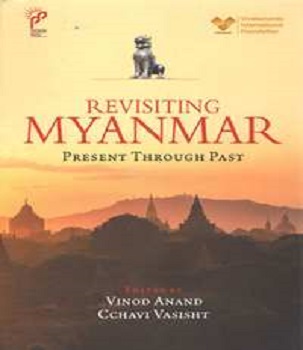

Post new comment